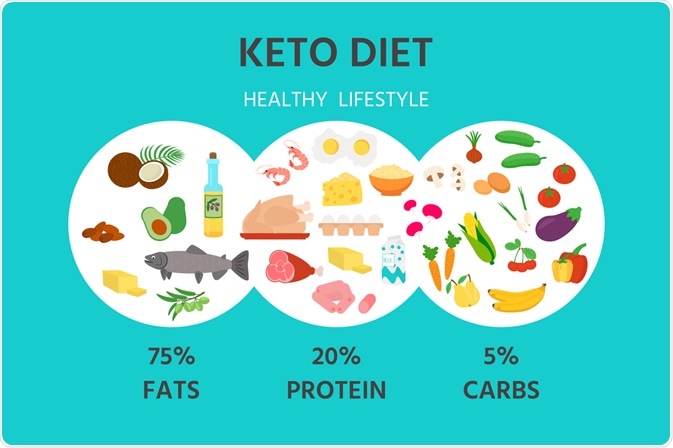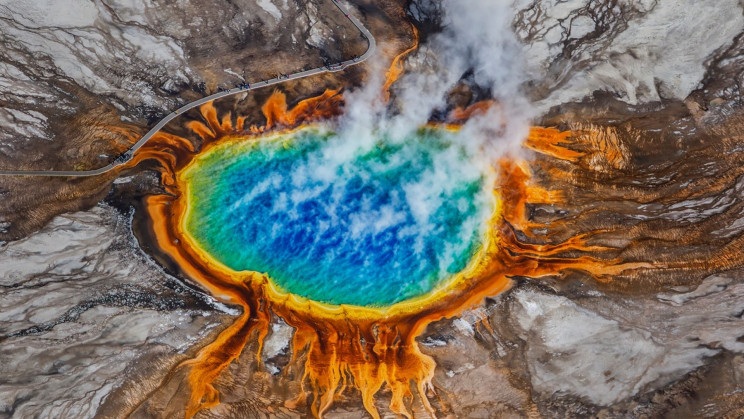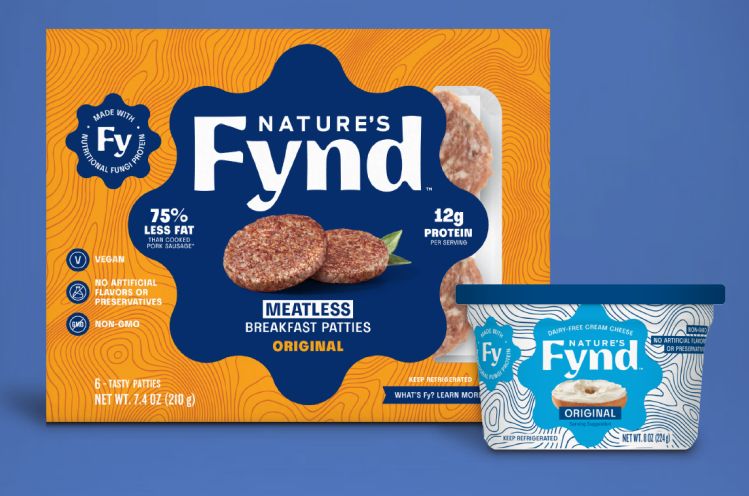What Is the Keto Diet and Does It Work? was published by Dawn MacKeen for the Self-Care section of TheNewYorkTimes.com, 2 January 2020.
 A recent survey of registered dietitians named the low-carbohydrate keto diet yet again as the most popular diet in the United States. Powering this diet is fat, and loads of it — all the way up to a hefty 90 percent of one’s daily calories.
A recent survey of registered dietitians named the low-carbohydrate keto diet yet again as the most popular diet in the United States. Powering this diet is fat, and loads of it — all the way up to a hefty 90 percent of one’s daily calories.
Its fans (and marketers) feed social media with before and after photos, crediting the diet for life-altering weight loss or other effects. They swirl butter into their coffee, load up on cheese and eat lonely burgers without their bestie: the bun. Staples like whole grains, legumes, fruit and starchy vegetables are being largely pushed off the plate as devotees strive for ketosis — when the body begins to burn fat instead of glucose as its primary energy source.
“America is in a state of carbophobia,” said Whitney Linsenmeyer, a spokeswoman for the Academy of Nutrition and Dietetics.
The diet is hailed for dropping pounds, burning more calories, reducing hunger, managing diabetes, treating drug-resistant epilepsy, improving blood pressure and lowering cholesterol, as well as triglycerides, the major storage form of fat in the body. People have reported improved concentration, too. “We see pretty dramatic benefits,” said Dr. William Yancy, director of the Duke Diet and Fitness Center.
A “typical” ketogenic diet consists of at least 70 percent of calories derived from fat, less than 10 percent from carbs, and less than 20 percent from protein. The ketogenic diet calls for 90 percent of daily calories to come from fat, with the amount of protein or carbs varying as long as it’s 4 grams of fat for every combined 1 gram of carb and protein. That can mean chowing down on a lot of cheese, butter, eggs, nuts, salmon, bacon, olive oil, and non-starchy vegetables such as broccoli, cauliflower, greens, and spinach.
The goal of the ketogenic diet is to enter a state of ketosis through fat metabolism. In a ketogenic state, the body uses primarily fat for energy instead of carbohydrates; with low levels of carbohydrate, fats can be converted into ketones to fuel the body.
For ketosis, a typical adult must stay below 20 to 50 grams of net carbohydrates — measured as total carbs minus fiber — each day. Crossing that threshold is easy: a thick slice of bread adds 21 carbohydrates, a medium apple 25 and a cup of milk 12. “It’s very restrictive,” said Carla Prado, an associate professor and director of the University of Alberta’s Human Nutrition Research Unit.
Bill Gates-Backed New Meat Alternative Is Made Out of a Volcanic Microbe was reported by Chris Young for InterestingEngineering.com, 5 July 2021. Bill Gates and Jeff Bezos-backed startup turns a microbe from Yellowstone into a rich protein source. This really caught my attention!!!
 Bill Gates, Jeff Bezos, and Al Gore are amongst the big names backing Nature’s Fynd, a startup developing meatless burgers, dairy-free cheese, chicken-less nuggets, and other products using a fermented volcanic microbe derived from Yellowstone National Park. The Chicago-based company, which has raised $158 million in funding from several high-profile investors, aims to release its products this year. When it does, it will add to the already hefty $7 billion alt-meat markets headlined by Beyond Meat and Impossible Foods.
Bill Gates, Jeff Bezos, and Al Gore are amongst the big names backing Nature’s Fynd, a startup developing meatless burgers, dairy-free cheese, chicken-less nuggets, and other products using a fermented volcanic microbe derived from Yellowstone National Park. The Chicago-based company, which has raised $158 million in funding from several high-profile investors, aims to release its products this year. When it does, it will add to the already hefty $7 billion alt-meat markets headlined by Beyond Meat and Impossible Foods.
 Nature’s Fynd was co-founded in 2012 by Thomas Jonas and Mark Kozubal, originally under the name Sustainable Bioproducts. Before co-founding the company, Kozubal had researched a microbe from volcanic hot springs in Yellowstone National Park called Fusarium strain flavolapis. Kozubal and a team of scientists fermented the microbe into a protein-rich substance they call “Fy,” which is now the foundation for their food products.
Nature’s Fynd was co-founded in 2012 by Thomas Jonas and Mark Kozubal, originally under the name Sustainable Bioproducts. Before co-founding the company, Kozubal had researched a microbe from volcanic hot springs in Yellowstone National Park called Fusarium strain flavolapis. Kozubal and a team of scientists fermented the microbe into a protein-rich substance they call “Fy,” which is now the foundation for their food products.
Nature’s Fynd says its volcanic microbe-derived protein includes all 20 amino acids, at the same time as having no cholesterol or trans fats. Fy has a tenth of the fat of ground beef and 50 percent more protein than tofu.
Read more: New Meat Alternative Is Made Out of a Volcanic Microbe


But, can you make cheeseburgers and have paradise with it? Can we put swiss, onions, pickles, mushrooms, ketchup, mustard, and A1 on it and not count any calories?
If so I would, OK likely still order beef. The issue with these is the points it counts on WW. It is so darn expensive points-wise because of the high-fat content. Now talk to WW and I know they would have a Phillips family hit.
Until then it is broiled skinless chicken breasts.
rick